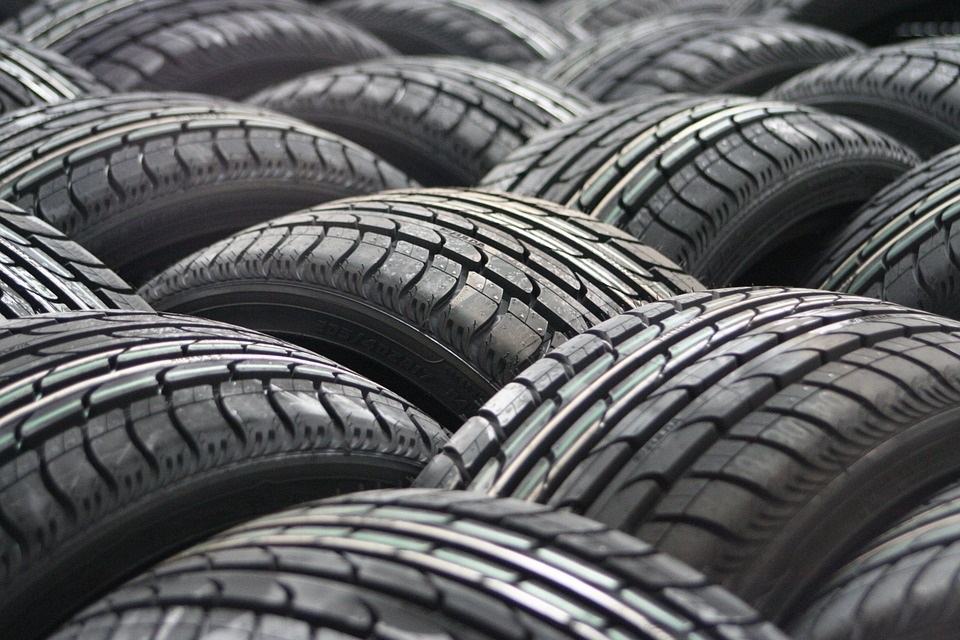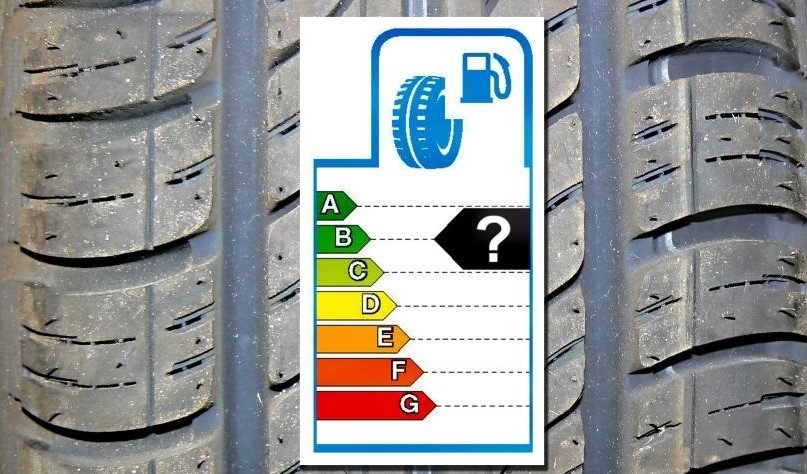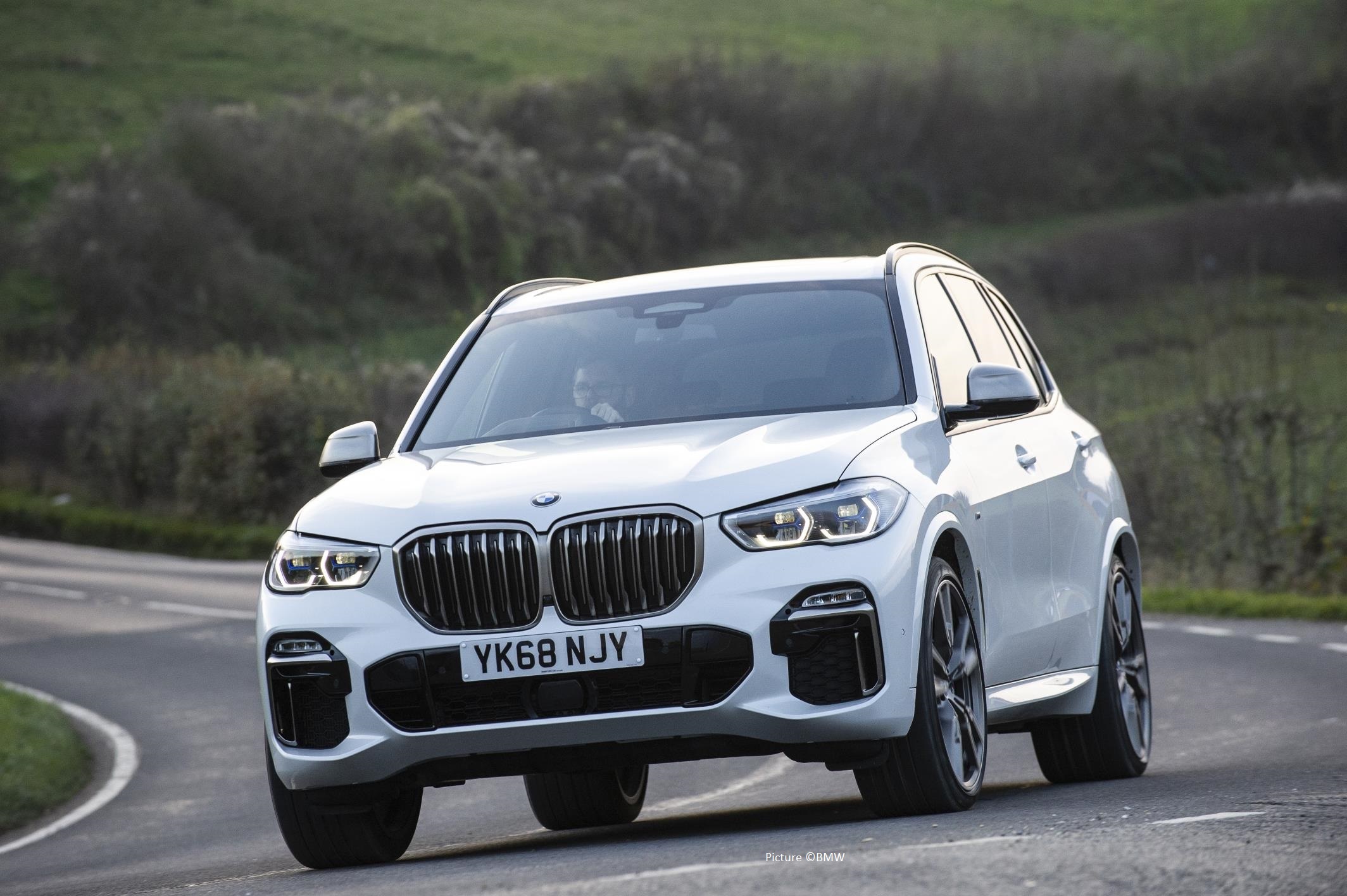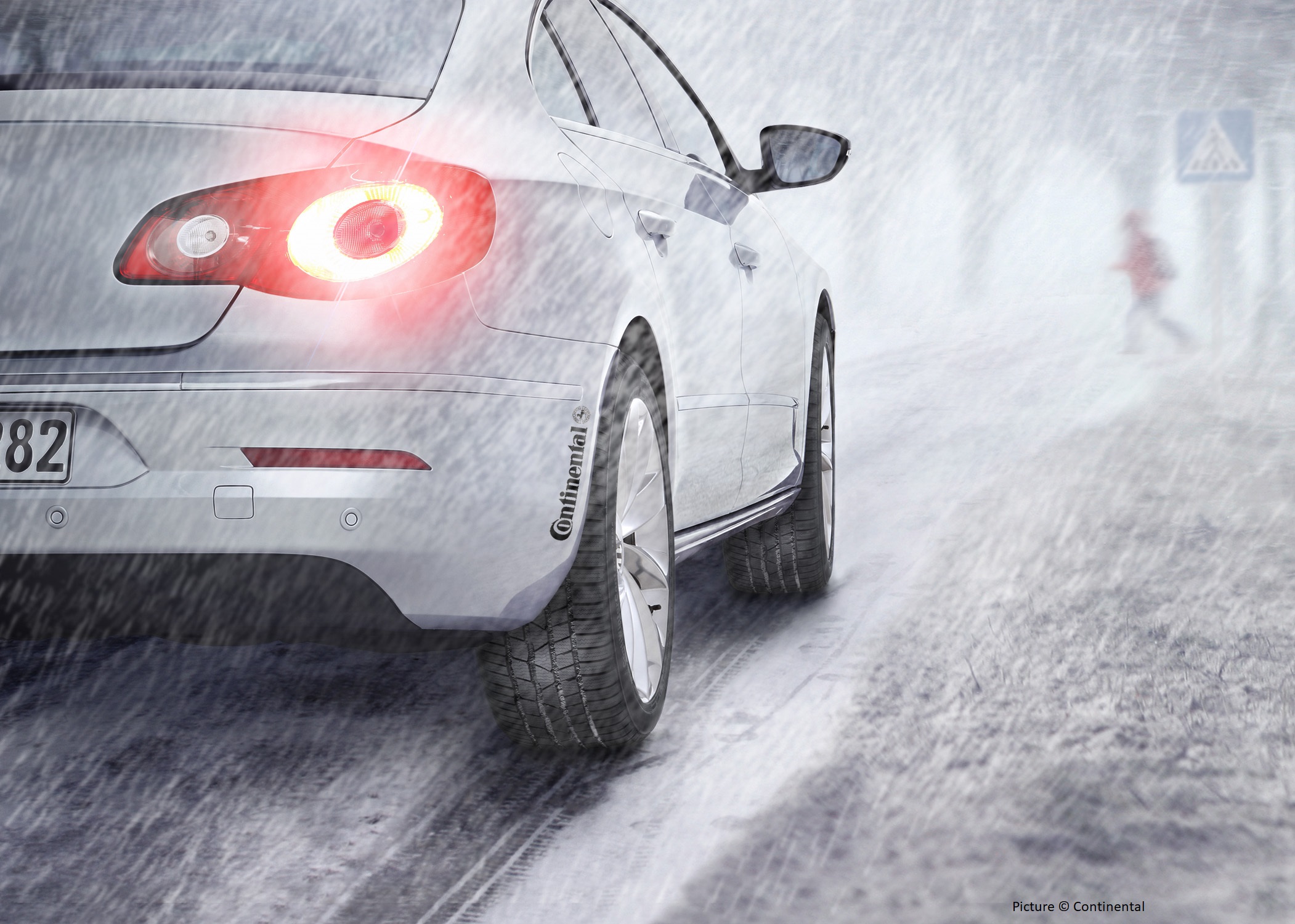The European Union introduced tyre labels in 2012 to make buying tyres more transparent. Rather like the labels you get on domestic appliances the idea behind them is that you can instantly compare different products. And from 2018 onwards, retailers must show customers the label before they buy. But how accurate are the EU tyre labels and are they worth paying attention to?
What do EU tyre labels show?
Tyre labels show three key pieces of information. These are wet braking performance, economy (otherwise known as rolling resistance) and how noisy the tyre is on the road. The first two are ranked from A to G (A is the best), the third is shown in decibels with one, two or three visual sound wave symbols.
Very loosely these ratings will tell you whether the tyre is safer than a rival when conditions are at their most dangerous. They’ll show whether it will improve your car’s mpg compared to a rival. And they’ll give an idea of how noisy different tyres are.
What don’t tyre labels show?
EU tyre labels don’t show how well a tyre grips in the dry, how good it is cornering in either the wet or dry, how much it contributes to the car’s comfort or how old it is.
There are a lot of parameters involved in making a tyre, many of them conflicting. Obviously, it would be immensely confusing if a tyre showed all of them so the EU boiled them down to the bare minimum.
Why are labels important?
If you don’t really care that much about tyres, the minimum a label lets you do is compare the most basic parameters of two tyres to ensure you’re getting the best value for money.
That said, the information might be contradictory: one tyre might score highly for safety and not economy; its rival the other way round. As a result, you may want to have in mind exactly what your priorities from a tyre really are.
Don’t take labels at face value
The difference in fuel saving between an A-rated tyre and a G is 7.5%. In reality it’s not a massive amount when you consider that a tyre contributes around 15% towards a car’s overall fuel consumption. However, the difference in braking distance between A and G ratings is around 30%. That could mean you’ll stop quite a few car lengths quicker on one tyre compared to its rival.

Do your research
Use independent reviewers to do your own research and get the most suitable tyre for your money. Media outlets such as Auto Express test tyres under a wide variety of controlled conditions. They then put the results of their various tests together and publish rankings. Obviously some of this is subjective (eg. handling) but others are objective (braking distances).
If in doubt replace the tyres on your car with the ones it was supplied with when new. These tyres are what’s known as Original Equipment. They will have been developed at the same time as the car to ensure the best possible performance. The manufacturer of your car should be able to tell you what these tyres are.

I’ve been writing about cars and motoring for more than 25 years. My career started on a long-departed classic car weekly magazine called AutoClassic. I’ve since pitched up at Autosport, Auto Express, the News of the World, Sunday Times and most recently the Daily Telegraph. When I’m not writing about cars and motoring, I’m probably doing some kind of sport or working in my garden.








